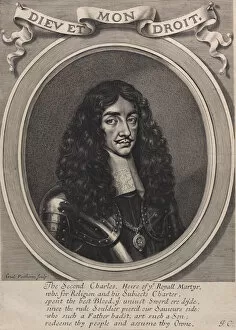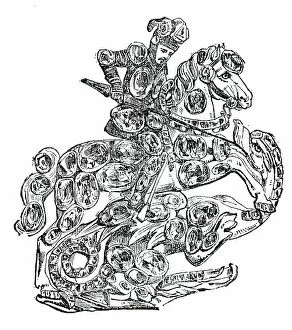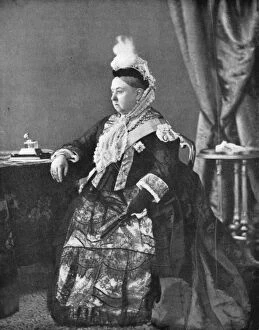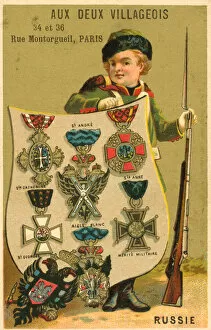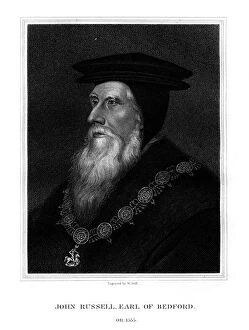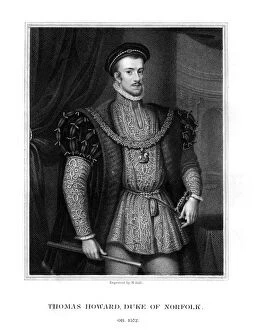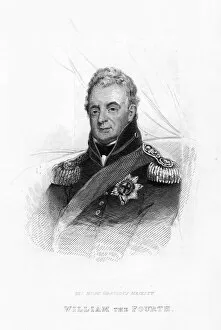Order Of St George Collection
The Order of St. George, established during the reign of King Charles II from 1660-70 and created by William Faithorne, holds a rich history that spans centuries
For sale as Licensed Images
Choose your image, Select your licence and Download the media
The Order of St. George, established during the reign of King Charles II from 1660-70 and created by William Faithorne, holds a rich history that spans centuries. This prestigious order has attracted notable figures throughout time, including Queen Victoria herself. In 1887, Queen Victoria donned a magnificent dress for her Golden Jubilee service, captured beautifully by artists Hughes & Mullins. Her regal attire reflected the grandeur associated with the Order of St. George. Russian medals adorned with vibrant chromolithography showcase the international reach and influence of this esteemed order. General Ivanoff's depiction in chromolitho form further highlights its significance beyond British borders. The dedication and loyalty within the ranks of this order are exemplified through Sergeant Gannon's assistance to an officer's orderly as they bring in their wounded master under challenging circumstances. Such acts demonstrate the selflessness and commitment inherent in those who bear the emblem of St. George. Even historical figures like Robert Devereux, 2nd Earl of Essex from 1596/1601, recognized the honor bestowed upon them by being part of this illustrious order - a testament to its enduring legacy. King Charles I himself is immortalized multiple times within artistic renditions by renowned creators such as William Faithorne and George Vertue. These portraits serve as reminders not only of his association with St. George but also his significant impact on English history. Other prominent individuals linked to this distinguished order include Francis Russel, Earl of Bedford (1900), William IV (19th century), Charles I (1802), and Edward Clinton, 1st Earl of Lincoln (1824). Each portrait captures their unique contributions to both England's maritime prowess and national heritage while proudly displaying their affiliation with St. George. As we delve into these captivating depictions spanning different eras, it becomes evident that The Order of St. George stands as a symbol representing valor, chivalry, and unwavering dedication to the crown.

